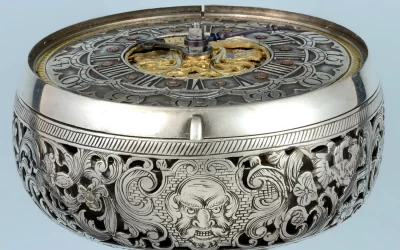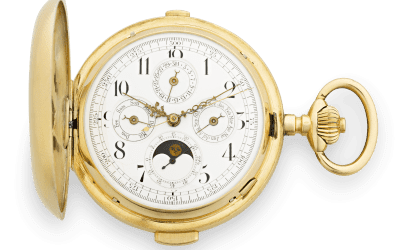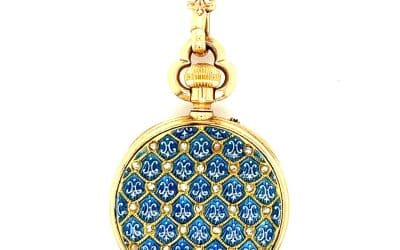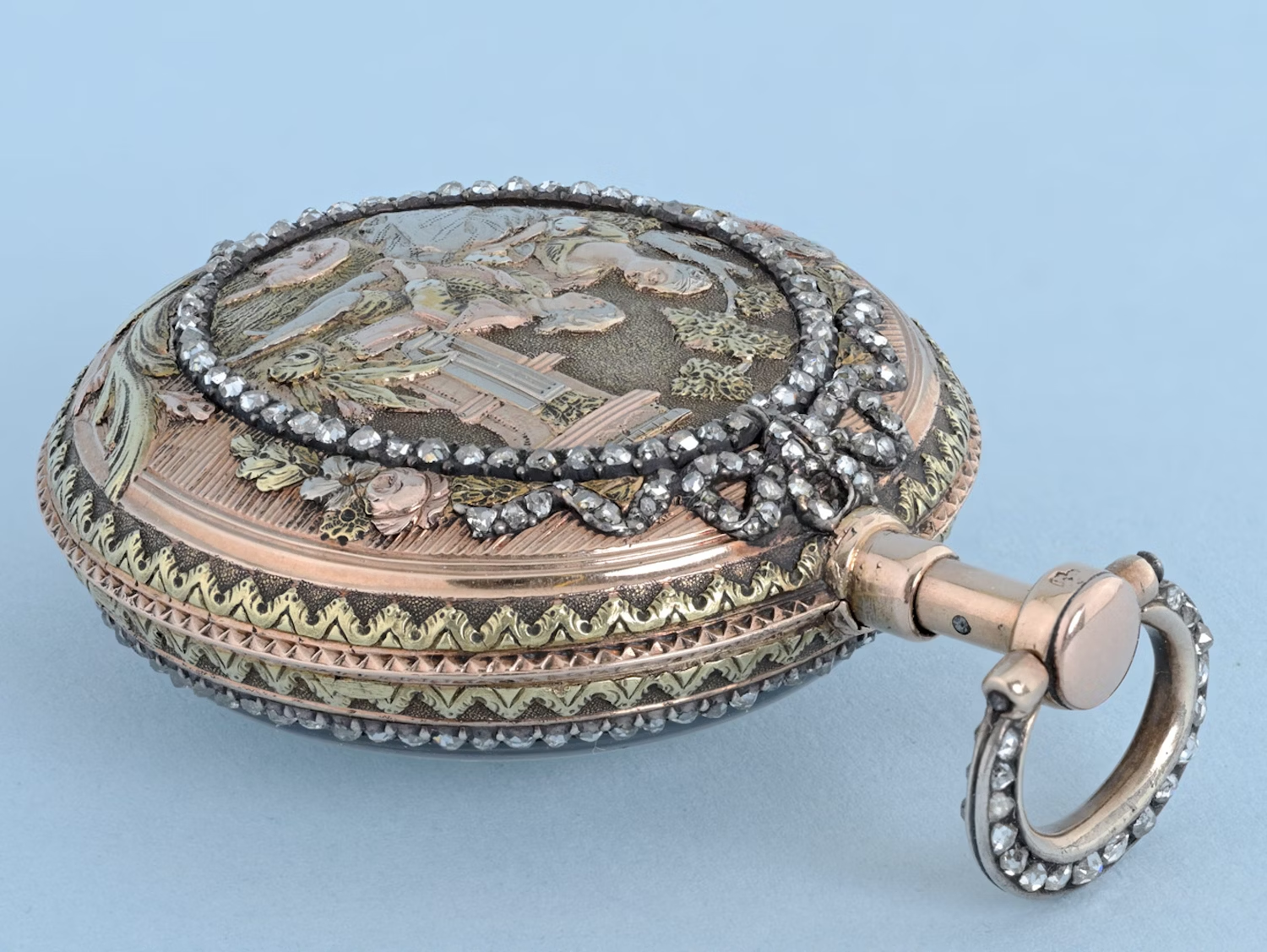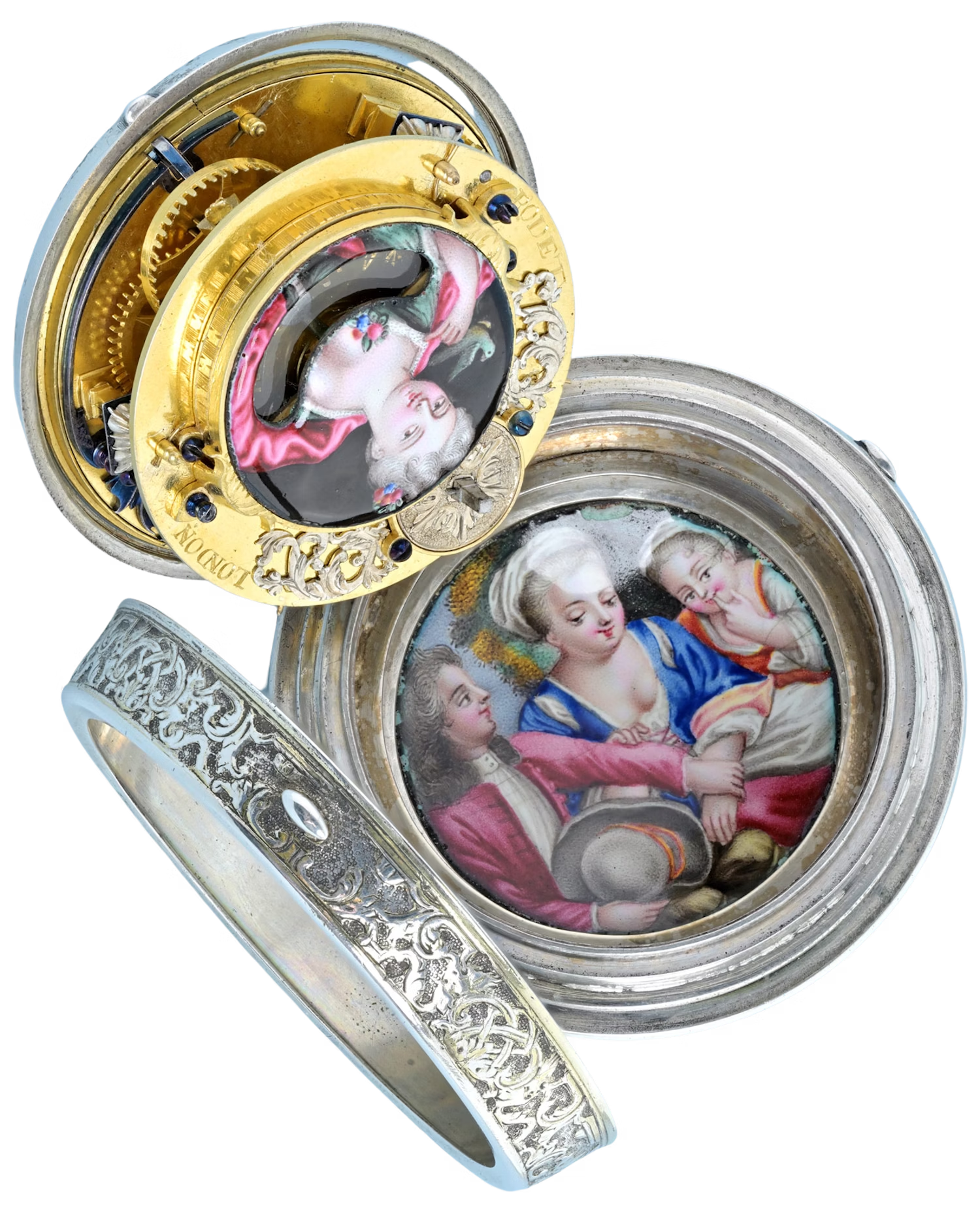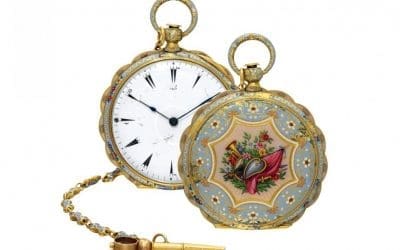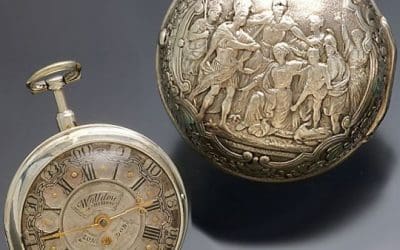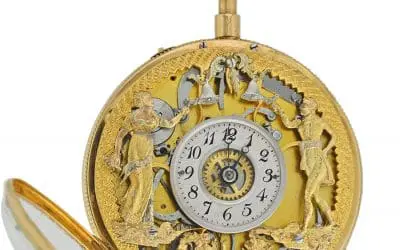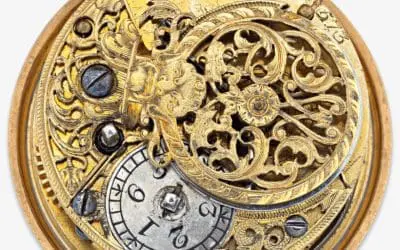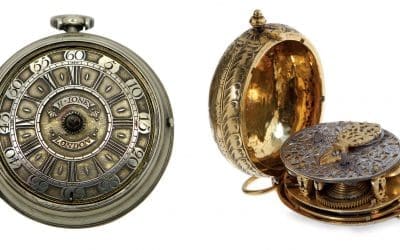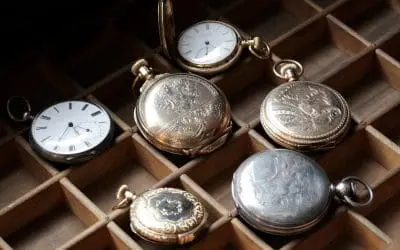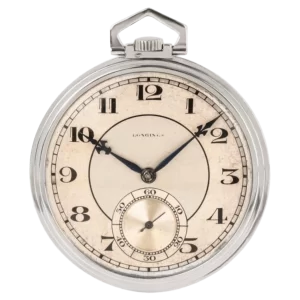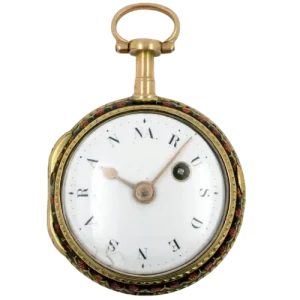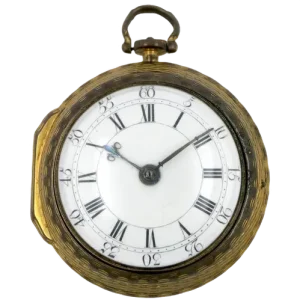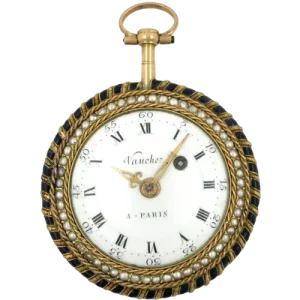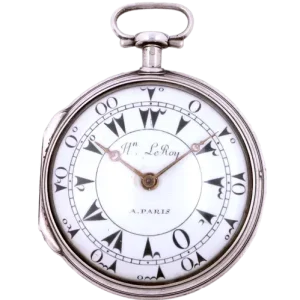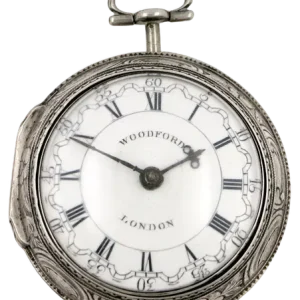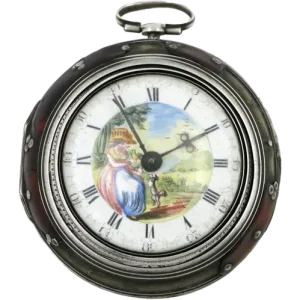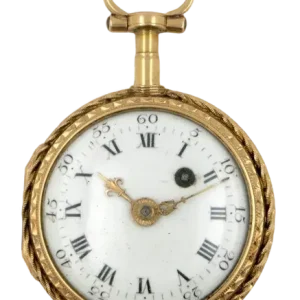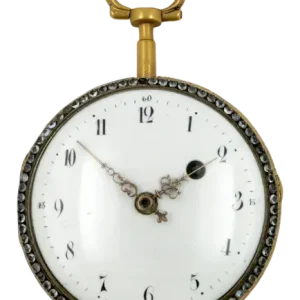Exploring Antique Repeating (Repeater) Pocket Watches
Antique pocket watches have long been cherished for their intricate designs, craftsmanship, and historical significance. But among all the different types of antique pocket watches, the repeating (or repeater) pocket watch stands out as a particularly fascinating and...
Evolution of Antique Pocket Watch Movements from 16th Century to 20th
Since their introduction in the 16th century, pocket watches have been a symbol of prestige and an essential accessory for the well-dressed gentleman. The evolution of the pocket watch was marked by many challenges, technological advancements and a thirst for...
Prominent Vintage Pocket Watch Brands / Makers of the 19th/20th Century
Pocket watches were once a staple accessory for men and women around the world. Before the advent of wristwatches, pocket watches were the go-to timepieces for many people. For hundreds of years, watchmakers have been creating intricate and beautiful pocket watches...
Exploring the antique enamel pocket watches
Antique enamel pocket watches are a testament to the craftsmanship of the past. These intricate pieces of art showcase the beauty and elegance of enamel, making them a prized possession for collectors. In this blog post, we will explore the history and design of...
From Royalty to Collectors: The Enduring Appeal of Antique Verge Pocket Watches
Introduction to Antique Verge Pocket Watches Antique Verge Pocket Watches are a fascinating piece of history that have captured the attention of collectors and enthusiasts for centuries. These watches were the first portable timepieces and were worn by the wealthy and...
Exploring the Verge Fusee Pocket Watch: History and Heritage
Pocket watches are an important part of horological history. One such watch that has gained recognition for its unique features is the Verge Fusee pocket watch. In this blog post, we will explore the history and heritage of the Verge Fusee pocket watch. What is a...
The artistry and craftsmanship of antique pocket watches
Antique pocket watches embody a timeless elegance and sophistication that has captivated watch enthusiasts and collectors for generations. These vintage timepieces boast intricate detailing and craftsmanship that showcase the skill and artistry of their makers, and...
Collecting antique pocket watches Versus vintage wirst watches
If you're a watch enthusiast, you may be wondering whether to start collecting antique pocket watches or vintage wrist watches. While both types of timepieces have their own unique charm and value, there are several reasons why you should consider collecting antique...
A guide to history of pocket watches
Pocket watches are a timeless classic and are often considered as statement pieces that have the ability to elevate any outfit. The evolution of pocket watches from early 16th century models to modern-day designs is fascinating and worth exploring. Knowing the history...
The history of british watch making
The British have been pioneers in many industries, but their contribution to horology has been relatively unknown. British watchmaking is a proud part of the country's history and has been instrumental in the development of the modern wristwatch as we know it today....
Why you should consider collecting antique pocket watches instead of vintage wirst watches
Antique pocket watches have a charm and elegance that transcend time, and for watch collectors and enthusiasts, they are a treasure worth owning. Although vintage wristwatches have their own appeal, antique pocket watches are often overlooked and underrated. However, there are several compelling reasons why collectors should give antique pocket watches a closer look. In this blog post, we explore the reasons why antique pocket watches deserve a place in every watch collection.
Why antique pocket watches are a great investment
Antique pocket watches are a timeless piece of history that many individuals seek out for their style and charm. These timepieces have a long history, dating back centuries ago to the early 1500s. Despite the advent of modern watches, antique pocket watches are still highly valued by collectors and enthusiasts alike. Not only are they admired for their intricate designs and craftsmanship, but they are also an excellent investment opportunity for those who appreciate their value. Whether you are an avid collector or have just started considering investing in antiques, antique pocket watches can be a great addition to your portfolio. They are highly sought after by collectors and investors, and their value has increased substantially over the years.

